What are the Best Sales Strategies for Effective Selling?
The ability to sell effectively continues to be a key component of success in the dynamic world of business. The techniques and strategies used by outstanding salespeople are always being improved, but the essential ideas of developing relationships and comprehending consumer demands never change. This blog explores the top sales tactics that can elevate your efforts and provide you with the means to successfully negotiate the competitive environment and reliably produce outcomes.
Check out the list of Best CRM Software: Customer Relationship Management software
Master the Fundamentals
Being well-versed in your product and its attributes is the foundation of successful selling. This enables you to respond to questions from customers confidently, highlight the benefits of your solution, and show how it might help them with certain issues.
Still, product knowledge is insufficient on its own. Equally important is knowing who your target consumer is. To determine their purchasing patterns, decision-making processes, and pain spots, do in-depth research. Because of this, you may adjust your strategy and offer solutions that meet their particular demands.
For example, a salesperson focusing on small enterprises would highlight the product's affordability and scalability, whereas a salesperson selling to large corporations might highlight the enhanced productivity and efficiency it can provide.
Benefits over Features
Specific product details hardly attract customers. Their main concern is how your offering can make their lives better and address their problems. This means that instead of just listing characteristics, you must now emphasize the real advantages that your product offers.
Rather of just saying that your product provides "advanced data analytics," describe how it helps companies make data-driven decisions, streamline processes, and obtain a competitive advantage.
Recall that benefits serve as the link between the qualities of your product and the favorable results that your target market wants.

Target the Right Prospects
Not all leaders are created equal. Investing time in researching potential clients upfront allows you to find people who are a suitable fit for your product or service. This includes understanding their sector, company size, budget limits, and decision-making authority.
Qualifying leads ahead of time saves you time and ensures that your efforts are directed toward prospects who are more likely to convert. For example, contacting the CEO of a tiny company about a complex enterprise-level solution is probably a waste of time.
Storytelling
Stories have an emotional resonance for people. Your sales pitch may be greatly enhanced by incorporating storytelling. Give instances from real life when your product has helped people who are comparable to you and the successful results they were able to get. Through connection and trust-building, this aids in prospects' visualization of the possible advantages for both themselves and their companies.
Regarding a customer relationship management (CRM) system, picture a salesperson. They may tell a tale about how a customer in the same sector used the CRM to increase lead conversion rates, simplify their sales process, and increase revenue by 20% rather than just listing its capabilities. This gives the prospect a clear idea of the possible value that the product could provide.
Asking Questions
Marketing is a two-way street. Instead of jumping right into your sales pitch, actively listen to the customer's worries and probe with perceptive inquiries to learn about their particular obstacles and objectives. This shows that you are genuinely interested in them and enables you to customize your presentation to meet their needs.
Ask open-ended inquiries such as "What are your biggest pain points in your current process?" or "What are your specific goals for improving efficiency?" rather than just providing a broad product summary. With this knowledge, you may offer a solution that speaks to their goals and immediately answers their worries.
Free Trials and Demos
Allowing a customer to personally experience the benefit might sometimes be the most effective method to persuade them. Allow prospective buyers to see the features and capabilities of your product through free trials or product demos. They become more confident and unafraid, increasing their likelihood of completing a purchase.
Consider a software provider that provides a complimentary 30-day trial of their product. This raises the possibility of conversion by enabling prospective clients to test-drive the features, observe how it works with their current systems, and personally experience the advantages.
Following Up Consistently
A single interaction rarely leads to a sale. Be persistent but professional in your follow-up efforts. Maintain regular communication with potential customers, address any lingering questions, and reiterate the value your product offers.
However, avoid being overly pushy or bombarding them with constant emails. Instead, space your follow-ups strategically and offer additional resources or information that might be helpful in their decision-making process.
Adaptability
Customers don't all have the same needs. A sales pitch and negotiating strategies should be flexible enough to accommodate each prospect's unique wants and preferences. Exhibiting adaptability indicates your readiness to collaborate with them to arrive at a win-win resolution.
To address the unique financial restrictions or operational needs of a given client, a salesman can, for instance, provide a flexible pricing structure or a tailored implementation plan.
Sales Performance Analysis
Monitor your sales results and use data analysis to find areas that need work. Win rates, average deal sizes, sales cycle durations, and conversion rates at various sales funnel phases are a few examples of this.
You may improve your strategy and sales process for improved outcomes by figuring out what's working and what isn't. Use sales automation technologies and CRM software to expedite data collecting and obtain an insightful understanding of client behavior.
Building Relationships
Building relationships and trust is ultimately the key to successful selling. Prioritize delivering outstanding customer service and developing as a reliable resource for your clients. As a result, repeat business and loyalty are encouraged.
Make the extra effort to truly care about their accomplishment, respond to their concerns right away, and provide continuing assistance. Recall that contented consumers are more likely to become brand evangelists and refer others to your goods or services.
Customer Concerns
No sales proposal is perfect, and objections are a normal part of the selling process. Anticipating potential concerns and preparing effective solutions indicates your professionalism and problem-solving abilities. Price concerns, economic constraints, a lack of perceived necessity, and fear of change are some of the most common objections.
For price objections, emphasize the value proposition and long-term return on investment that your product provides. Highlight how it will save them money in the long run by increasing efficiency, reducing waste, or improving customer happiness.
For budget constraints, consider other alternatives such as flexible payment plans, phased implementations, or scaled-down versions of your product that meet their specific requirements.
Finally, addressing the fear of change involves emphasizing the benefits of adopting your solution and providing support and resources to ensure a smooth transition.
Investing in Talent & Training
The success of any sales company is dependent on the quality of its sales staff. Invest in attracting talented people with great communication skills, a genuine interest in the sector, and a desire to succeed.
Provide comprehensive sales training programs that provide your staff the knowledge, skills, and tools they need to succeed. This comprises product training, sales approach training, negotiation skill improvement, and best practices for customer service.
Create a culture of continual learning and encourage your team to stay up to current on market developments and rival products.
Power of Technology
Technology is essential for optimizing the sales process and acquiring insightful knowledge about consumer behavior. To analyze performance indicators, track client interactions, and manage your sales pipeline, use CRM software.
With the help of sales automation technologies, your team can focus more of their time on developing connections and completing deals by automating repetitive operations like lead generation, email marketing, and appointment scheduling.
Tools for data analytics can offer insightful information about purchasing habits, sales trends, and consumer behavior. You may utilize this data to improve your overall sales funnel, tailor your approach to specific customers, and hone your sales methods.
Feedback and Improvement
To identify areas in need of improvement and promote ongoing development, feedback is crucial. Seek advice from colleagues, customers, and other team members to foster constructive criticism and open communication within your sales team. Determine strengths, weaknesses, and areas for progress by routinely examining performance indicators, examining sales data, and gathering insights. You may modify and improve your sales tactics to stay ahead of the competition and see longer-term success by welcoming feedback and placing a high priority on ongoing improvement.
Must Read: What is a Sales CRM and why do you need it?
Growth Mindset
Successful salespeople recognize the value of ongoing learning and adaptability as the sales environment is always changing. Adopt a growth attitude that promotes trying new things, asking for feedback, and being prepared to modify your strategy in light of fresh data and shifting market dynamics.
Continually review your sales statistics to find opportunities for development and make necessary adjustments to your tactics. Keep abreast of developments in the market, rival product offerings, and upcoming technology that could affect your sales process.
You can make sure that, in the ever-evolving business climate, your sales efforts stay current and effective by learning new things regularly.
Selling well is an ongoing learning process. Through the application of these recommended practices and ongoing strategy modification, you can provide yourself with the means to succeed in the current competitive environment.
Remember, the most successful salespeople are those who possess a deep understanding of their customers, present solutions that address their specific needs, and build strong relationships based on trust and mutual respect. By consistently honing your skills and embracing a data-driven approach, you can unlock the full potential of your sales efforts and achieve sustainable success.
You must conduct thorough research and read user reviews to choose the best software for your needs. So, take a look at our website to understand better!
Let's Talk about Software!
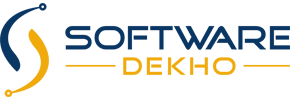
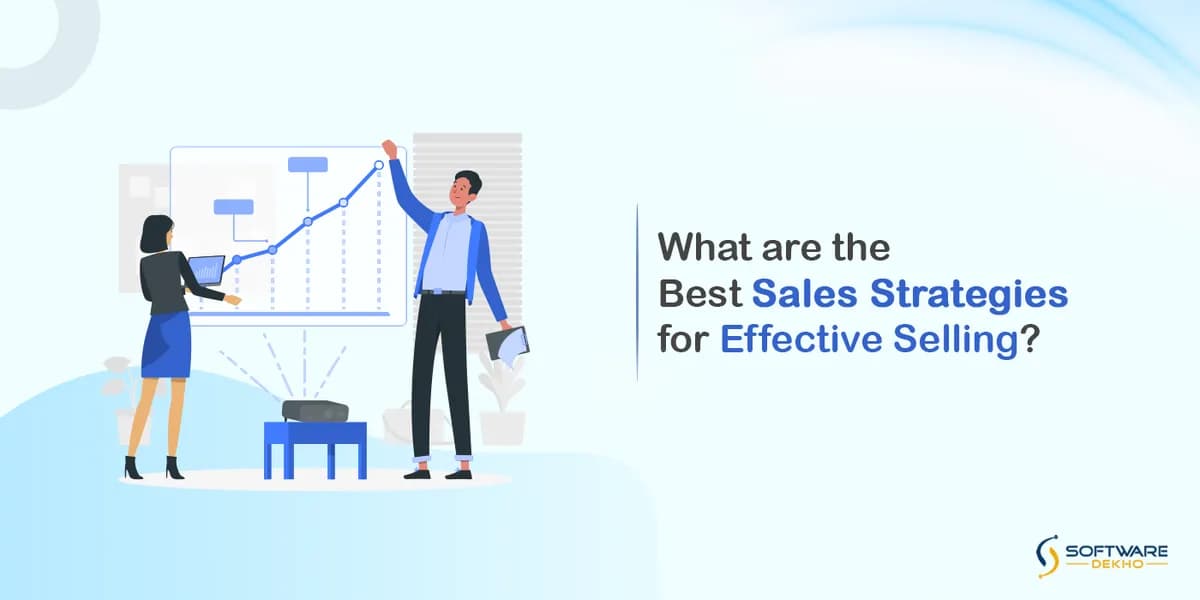
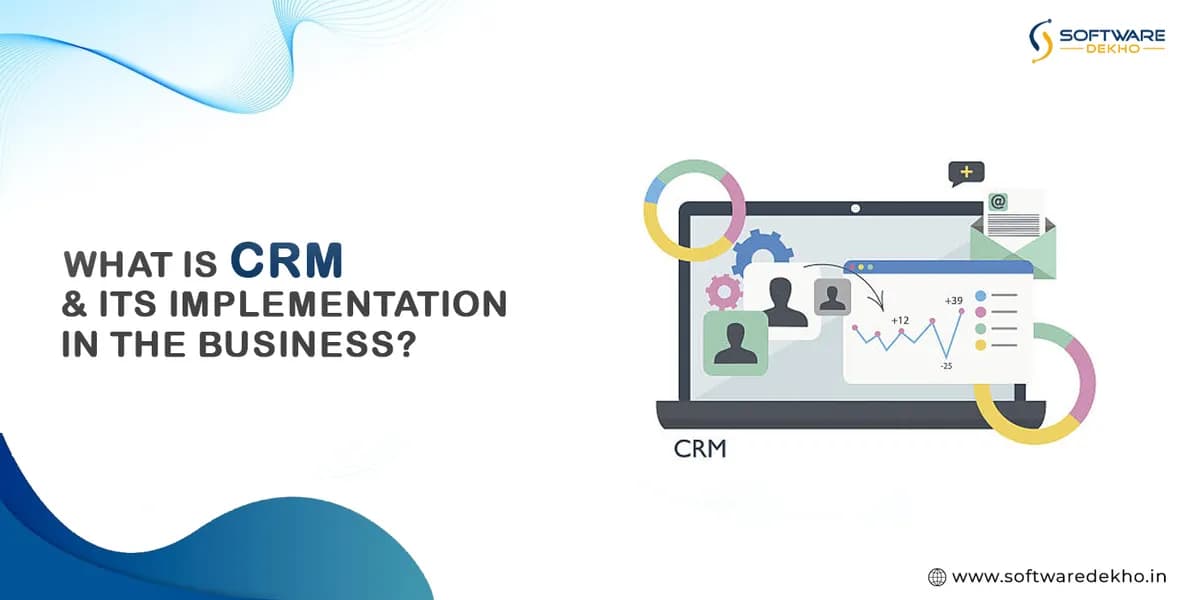
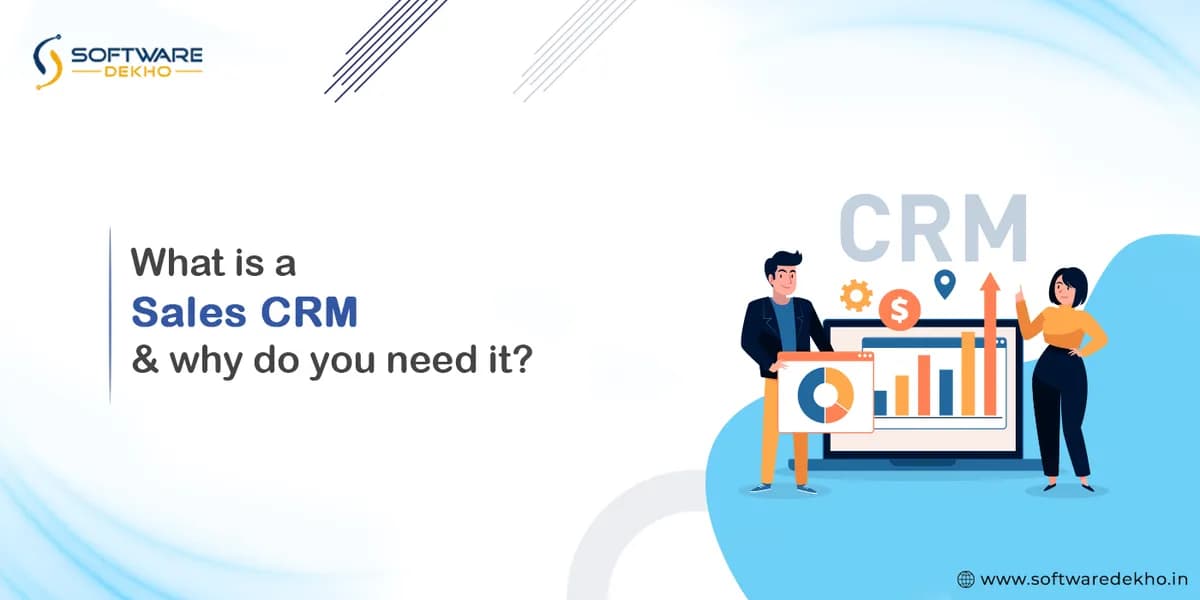
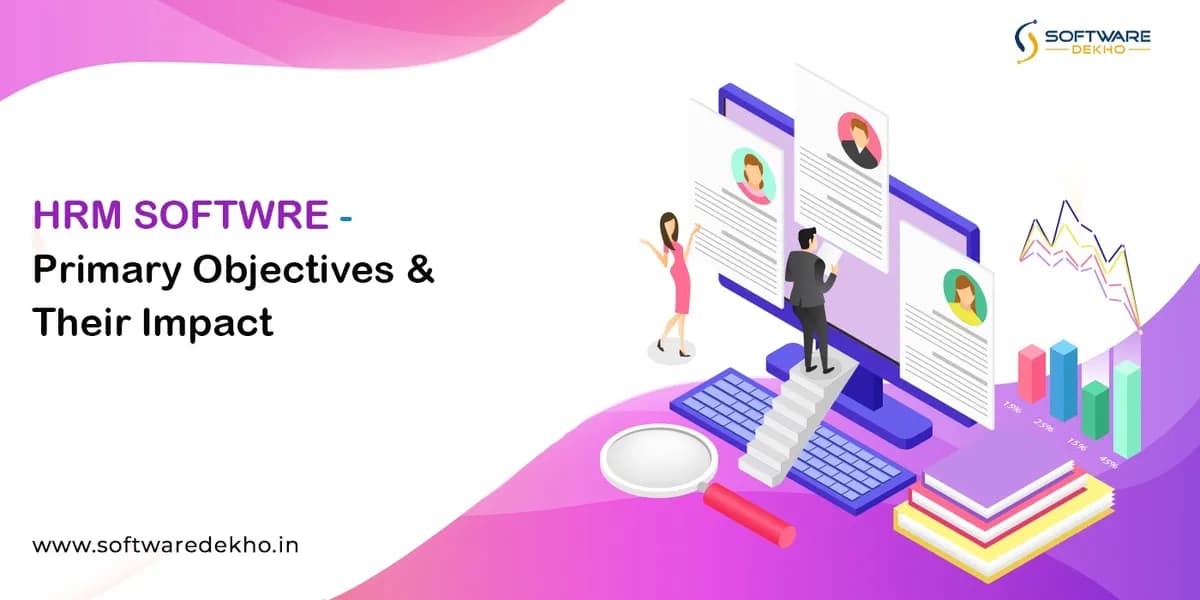
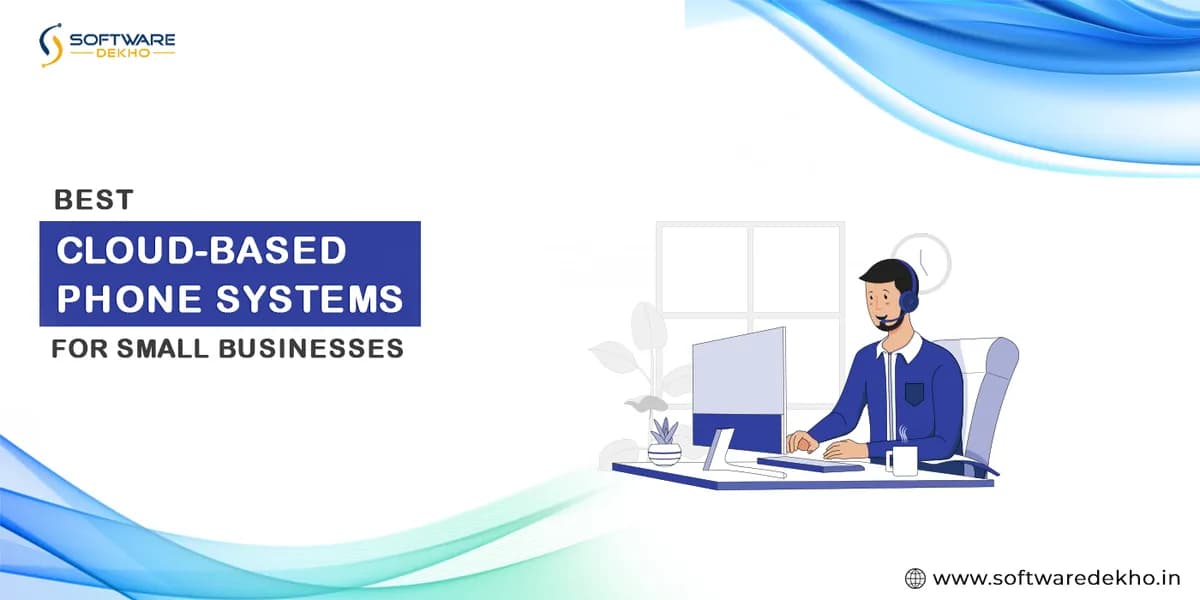

Social Media
Social media platforms are an effective means of establishing connections and fostering relationships with prospective clients. Participate in industry discussions, share insightful content that is pertinent to your business, and highlight client testimonials to establish a powerful online presence.
You may reach a larger audience and draw in qualified prospects by using social media for lead generation and targeted advertising.
A B2B salesman might, for instance, interact with decision-makers in their target company by joining pertinent LinkedIn groups, sharing articles about industry trends, and sharing their publications.